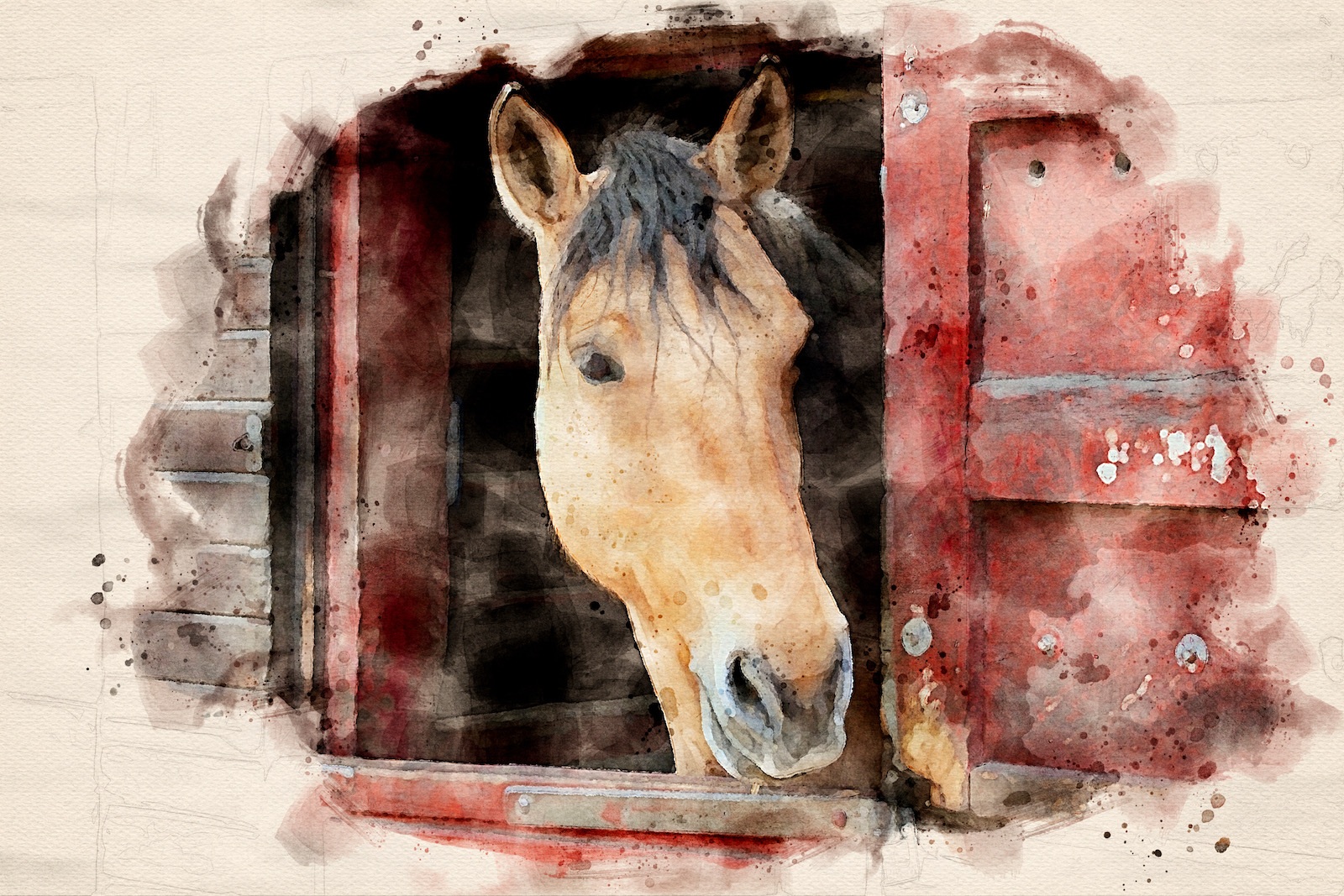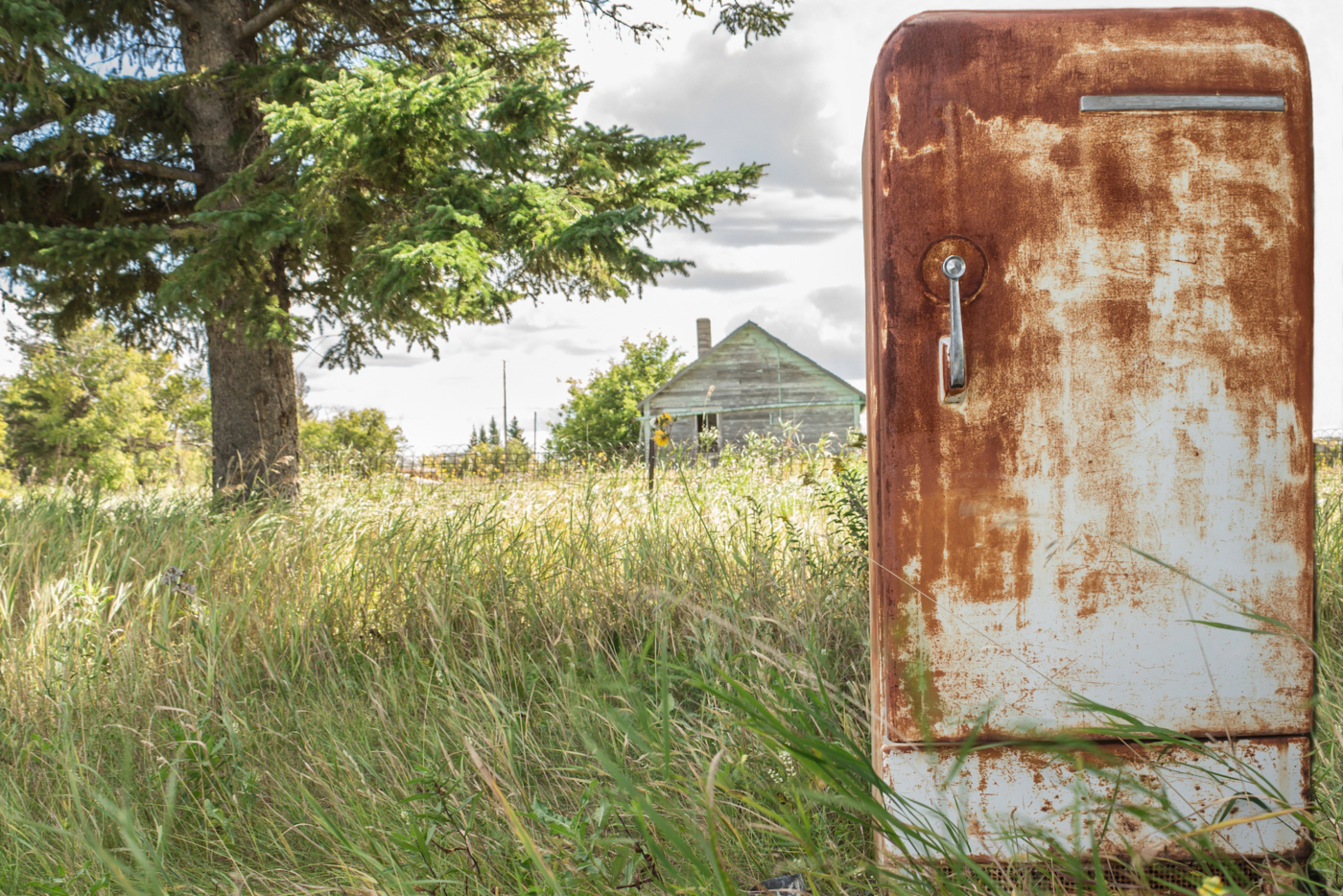If there’s anything more cathartic than watching a horse graze in a large green field, it is unknown to us. In fact, the patio at OR headquarters overlooks the pastures, and we’ve been known to hold our intra-office meetings poolside with a backdrop of geldings and grassy turnouts (we call it “inspiration”). However, as every equestrian is all too aware, behind the bucolic image of the noble steed munching grass lurks a tiny, sinister, demonic being of which we all live in fear.
Enter: the deer tick.
As nature’s chosen vector of Lyme disease, deer ticks wreak havoc on humans and animals alike, and because the incidence of Lyme is on the rise nationwide, we consulted with good friend, girlboss, supermom, fearless rider, and skilled veterinarian Johanna Kremberg, DVM of Grand Prix Equine. We asked the burning questions, and got the down ‘n dirty on symptoms, treatments, and (yes!) new developments in disease prevention (we’re talking vaccines, people!).
 What are the most common symptoms associated with Lyme disease?
What are the most common symptoms associated with Lyme disease?
This is a “can of worms” question. The list is long and each horse shows their discomfort differently. So, if you can think of any possible complaint a rider or trainer might make about their horse, it likely has been attributed to Lyme. I’ve been called out to pull a Lyme titer for a horse hobbling due to a hoof abscess on a hind foot. First and foremost, call your vet for a thorough lameness and neurologic assessment before implicating Lyme. The most common signs we see are hypersensitivity, chronic weight loss, subtle shifting limb lameness or a sudden behavioral change/irritability. In terms of diagnostics, the best titer is called a Multiplex Assay run at Cornell. This is the only Lyme titer that differentiates chronic from acute infection, and also differentiates vaccinated from naturally infected horses. Knowing acute versus chronic infection helps me choose the necessary length of treatment.
How is Lyme treated, and are symptoms reversible?
The most common first course of treatment is with a 4-6 week course of an oral antibiotic such as doxycycline. I consider treatment a success if the horse’s clinical signs have improved and I see the titer reduced by at least half. Keep in mind that the titer takes at least three weeks after the cessation of treatment to respond. If this isn’t sufficient then I choose a stronger antibiotic such as minocycline or injectable oxytetracycline. The latter requires either a daily visit from your veterinarian, or placement of a catheter to be carefully maintained on the farm or at a clinic. In my experience, the signs are reversible with the appropriate duration of the correct treatment. This can be costly and labor intensive.
What are the long-term implications if Lyme is left untreated?
More severe disease can develop if Lyme is left untreated for months to years. The most worrisome manifestation is termed neuroborreliosis. This is when the nasty Borrelia spirochete (the evil spiral shape of the bacteria) drills and burrows its way through the muscle and begins to migrate through the nervous system. This can lead to severe neurologic signs, inflammation within the eye called uveitis, or signs of encephalitis such as seizures. We do think that some horses have an over-active immune response to the bacteria, while others may be infected for months or years without issue.
What precautions can be taken to avoid tick encounters?
This is your best question yet, because we all know an ounce of prevention is worth a pound of cure! No really, doxycycline ain’t cheap! First, take a look at your turnouts. If there is tall grass, weeds and brush then you are turning your horses out in tick paradise. Mow down all tall grasses/weeds at least monthly, and remove all brush from along your fence-line or tree-lines. Get the brush at least as far back as a horse’s neck can stretch out to graze, so 3ft plus. When you’re trail riding, also stay to mowed areas as best as possible. Next, I have used my own horse as a bit of a guinea pig for repellants. I have the best luck using Frontline Spray (aka fipronil, which is thankfully sold over the counter on Amazon) on the first of the month under his mandible and pectorals and then Freedom 45 on the 15th of the month (a permethrin spot on… FYI be sure to never ever apply to your cats as it’s very toxic for them). And lastly, regular grooming. Especially under the mandible and in warm areas like the pectorals/elbows and groin.
Despite implementing all tick mitigating practices, a horse is found with a tick embedded in its skin. What next?
If you find a tick embedded in the skin, first do your best to remove it completely (tweezers work better than fingernails) and identify if it’s a deer tick. Deer ticks (aka Ixodes) are small and have a black patch on a reddish orange body. If it is a deer tick and you see any bump or reaction surrounding the bite, then it likely was embedded for >24 hrs. If so, I first recommend cleaning the bite thoroughly with betadine scrub. Depending on the case, I will occasionally treat with doxycycline for 3-5 days as a precaution. This is from information extrapolated from human medicine, where in heavily endemic areas, the low risk of short term antibiotic treatment outweighs the higher risk of tickborne disease transmission.
Tell us all about the Lyme vaccine…
The Lyme vaccine that is getting recent buzz is actually a dog-labeled vaccine that we are using in horses. We hope in the next few years it will receive an FDA approval for horses as well. I have now used hundreds of doses in horses and am yet to have any negative reactions (knock on wood). In fact, in some horses there isn’t enough of a reaction or the immunity isn’t very long lived. Still, seeing as this is our only viable option for preventing a possibly devastating disease, I recommend vaccination. The vaccine requires an initial series and then a booster every 6 months (similar to Flu/Rhino in spring and fall). I also recommend a titer at the outset to determine if the horse has any underlying infection. Of course, vaccination will only prevent new infection; it will not treat previous infections.
Use of the vaccine is still in its infancy, but I have had very good luck in preventing new infection. Though the immunity in vaccinated horses is not as robust as in vaccinated dogs, I find a response in ~70% of cases. This is better than we can expect from our regular influenza vaccine (in human or horses). Considering that vaccination may help, we have noted no side effects, and there are no alternatives as of yet, I recommend Lyme vaccination wholeheartedly if you live in an endemic area.









